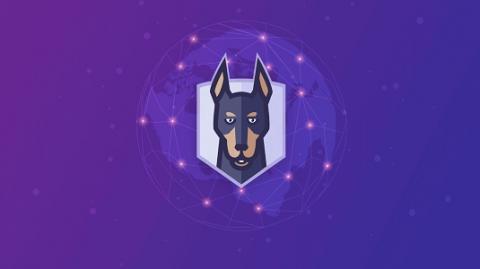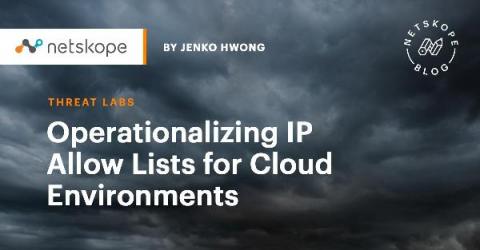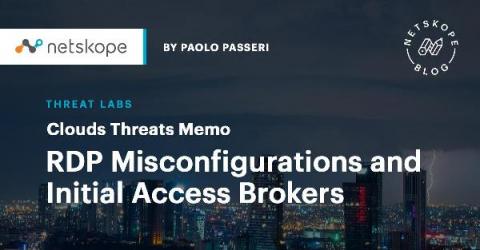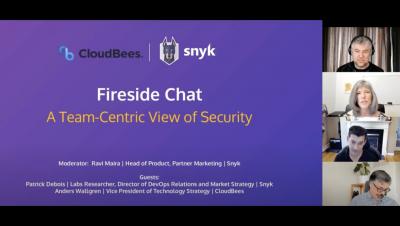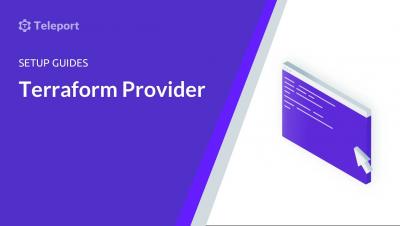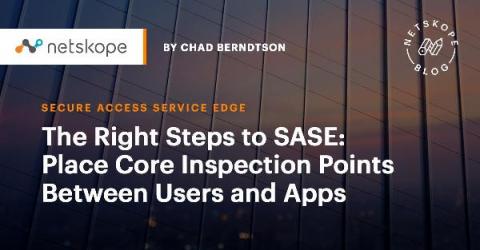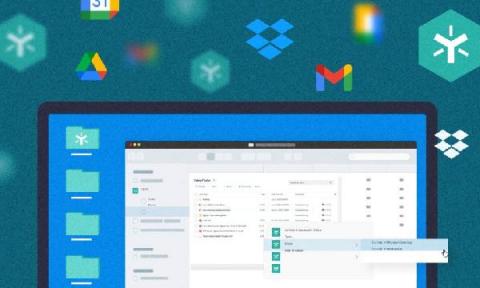Security | Threat Detection | Cyberattacks | DevSecOps | Compliance
Cloud
Operationalizing IP Allow Lists for Cloud Environments
If applying IP allow lists to the cloud excites you as much Another One Bites the Dust on volume 11, read on. In this blog, I’ll discuss some considerations regarding operationalizing, automating, and increasing the efficacy of IP allow lists in your cloud infrastructure. Although this discussion will be in the context of cloud infrastructure providers such as AWS, GCP, and Azure, it should also be applicable to other cloud infrastructure and application environments.
Cloud Threats Memo: RDP Misconfigurations and Initial Access Brokers
A recent study by Sophos has added more fuel to the RDP fire, confirming that the exploitation of this service, when not adequately protected, remains one of the preferred techniques to compromise an organization. Not only has the exposure of RDP servers, driven by the pandemic, led to an exponential increase of brute-force attacks against this service, but it has also encouraged a flourishing market of initial access brokers.
Cloud Security Architecture: 5 Best Practices
Cloud programs like Slack and Google Drive allow businesses to work collaboratively and efficiently, often at a low cost. However, these cloud platforms open a business up to new levels of risk: sharing information via cloud programs can put customer data at risk. Cloud security architecture provides a way to recognize and remedy vulnerabilities that result from using cloud service providers (CSPs).
A Team-Centric View of Security with Snyk and CloudBees
Ensure Cloud Security With These Key Metrics
A Real-World Look at AWS Best Practices: Password Policies
Best practices for securing an AWS environment have been well-documented and generally accepted, such as AWS’s guidance. However, organizations may still find it challenging on how to begin applying this guidance to their specific environments. In this blog series, we’ll analyze anonymized data from Netskope customers that include security settings of 650,000 entities from 1,143 AWS accounts across several hundred organizations.
The Right Steps to SASE: Place Core Inspection Points Between Users and Apps
This is the third in a series of seven posts detailing a set of incremental steps for implementing a well-functioning SASE architecture. With a Next Generation Secure Web Gateway (NG-SWG) firmly in place and your visibility into all your traffic dramatically increased, one thing is certain: You may not like what you see next. Are your people using Microsoft Office 365? Salesforce? Workday? Box? The answer is almost certainly, yes.
Egnyte Expands Content Governance and Compliance Solutions for Google Workspace and Dropbox
If you’re like most companies, your teams rely on a variety of cloud apps and storage solutions to get work done and collaborate with internal and external teams. While this flexibility is great for end users, it creates enormous complexity when it comes to data security and governance. IT teams must juggle multiple administrative dashboards, permissions configurations and access control policies across apps.


